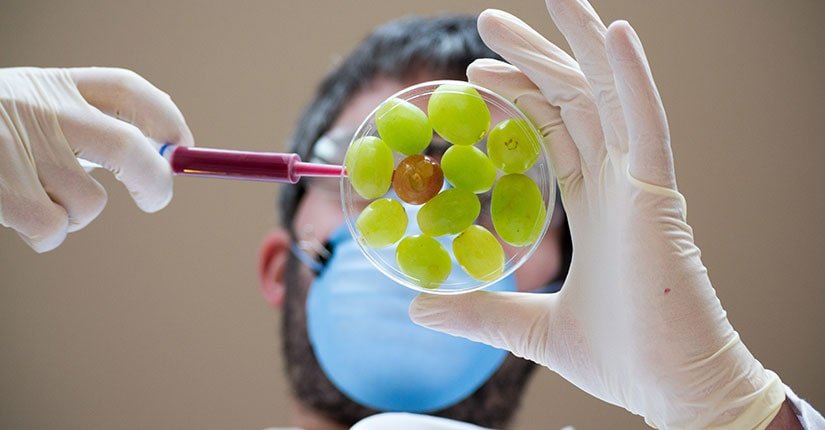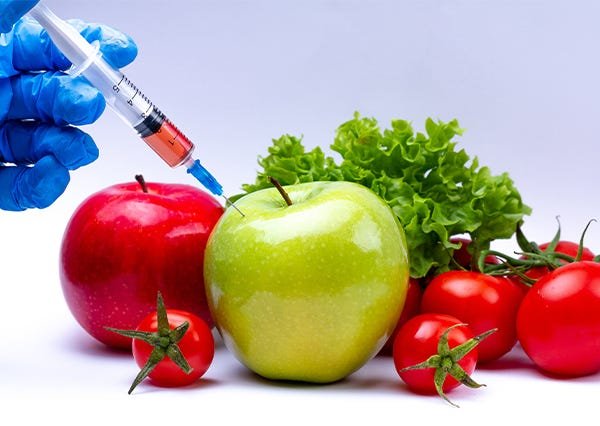Concept about Food Adulteration – This book covers the entire syllabus of “Nutrition and Dietetics” prescribed by BNMC-for all Diploma in Nursing Science and Midwifery students. We tried to accommodate latest information and topics. This book is examination friendly setup according to the teachers’ lectures and examination’s questions. At the end of the book previous university questions are given. We hope in touch with the book students’ knowledge will be upgraded and flourished. The unique way of presentation may make your reading of the book a pleasurable experience.

Concept about Food Adulteration
Extraction of valuable component from food or addition of something of lower price which is absent in the food normally with an evil motive which lowers the food value and has injurious effect to health is called food adulteration.
[OTHER DEFINITION – NICE TO KNOW]
Adulteration of food is defined as an article of food which, will be deemed to be adulterated if the food on demanded by the purchaser is not of the nature, substance or quality.
(Ref: Onila Salin’s Essential nutrition/1/94)
Common food adulteration in Bangladesh:
1. Milk – Addition of water, removal of cream, addition of sugar, addition of milk powder.
2. Cereals- Rice are mixed with stone, grit and mud.
3. Flours-Wheat flour is mixed with chalk powder.
4. Oils-By cheaper oils and mineral oils.
5. Sweat meat- By saccharine.
6. Tea-By exhausted-old tea.
7. Butter-By starch, animal fat.
8. Ghee- By vanaspati.
(Ref: K. Park/26/697)

Types/Forms of adulteration:
1. Mixing
2. Substitution
3. Abstraction
4. Concealing the quality
5. Decomposed foods for sale,
6. Misbranding or giving false labels
7. Addition of poisons.
Food additives:
Food additives are defined as non-nutritious substances which are added intentionally to food, generally in small quantity, to improve its appearance, flavour, texture or storage properties.

Classification of food additives:
1. Coloring agents: Saffron, turmeric.
2. Flavoring agents: Vanilla essence.
3. Sweatners: Saccharin.
4. Preservatives: Sorbic acid, sodium benzoate.
5. Bleaching agents: Chlorine.
6. Acidity imparting agents: Citric acid, acetic acid.
(Ref: K. Park/26/697)
Read more:
